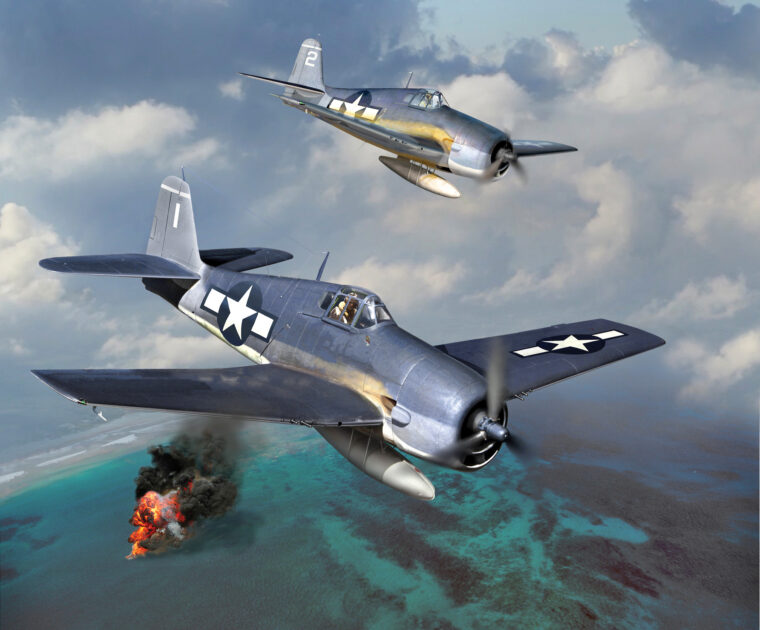
WWII
Ten Minutes Over Truk
By Chris MarksLieutenant Hollis Hills had every reason to be puzzled. His guns had just raked the Japanese fighter ahead of him, the rounds striking home along the enemy’s fuselage and wing roots. Read more
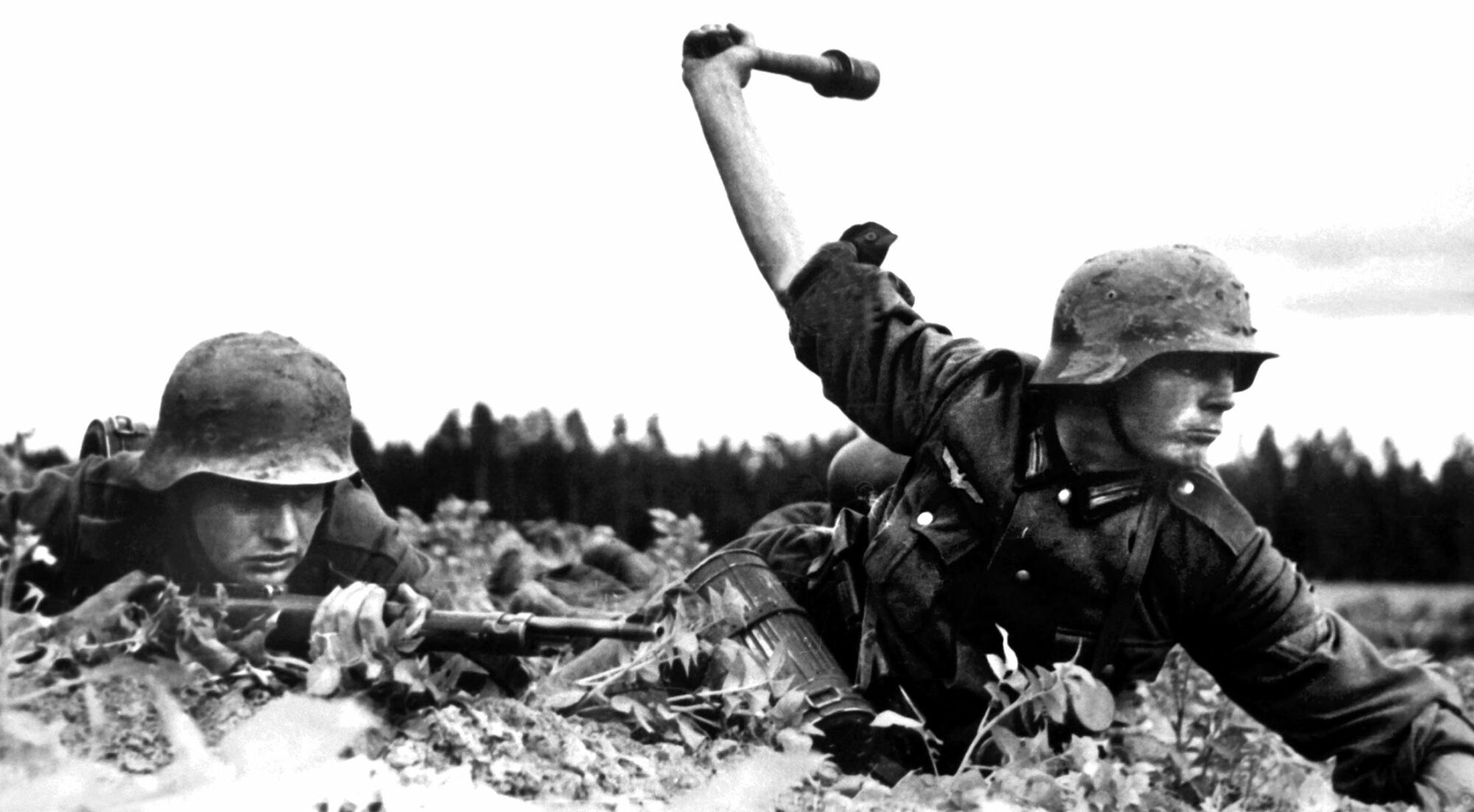

WWII
Lieutenant Hollis Hills had every reason to be puzzled. His guns had just raked the Japanese fighter ahead of him, the rounds striking home along the enemy’s fuselage and wing roots. Read more
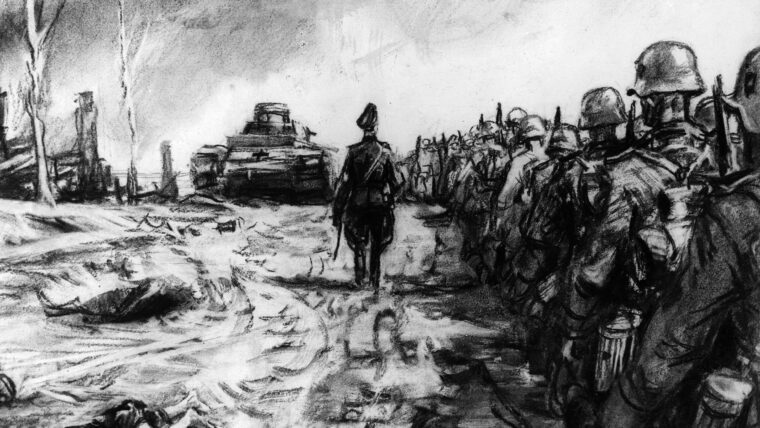
WWII
Operation Barbarossa, the German invasion of the Soviet Union in June 1941, showed the world the extent of Nazi brutality. Read more
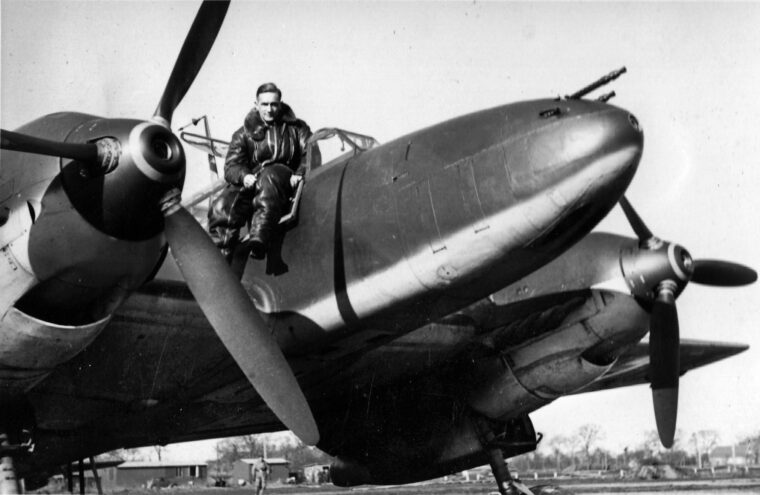
WWII
German Luftwaffe pilot First Lieutenant Gordon Gollob moved in for the kill at midafternoon on December 18, 1939, with his Messerschmitt Bf 110 against a formation of seven British Vickers Wellington medium bombers heading home from their bomb run against German battle cruisers in Wilhelmshaven harbor. Read more
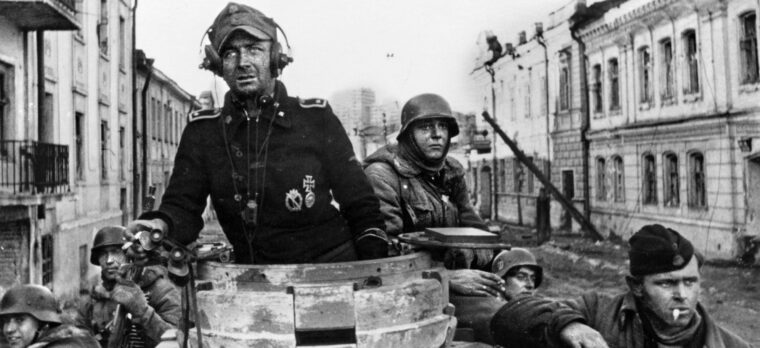
WWII
Deep snow blanketed the steppes surrounding the northeastern Ukrainian city of Kharkov on February 6, 1943. The soldiers of Major Kurt Meyer’s reconnaissance battalion of SS Panzer Division Leibstandarte Adolf Hitler shivered from the cold. Read more
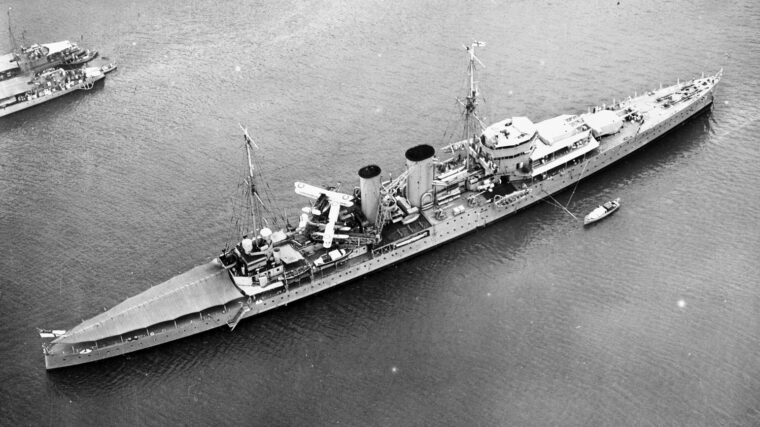
WWII
The four ships that raced into battle on December 13, 1939, off the mouth of the River Plate were, as historian and novelist Len Deighton tartly observed, “three different answers to the question that had plagued the world’s navies for half a century: what should a cruiser be?” Read more
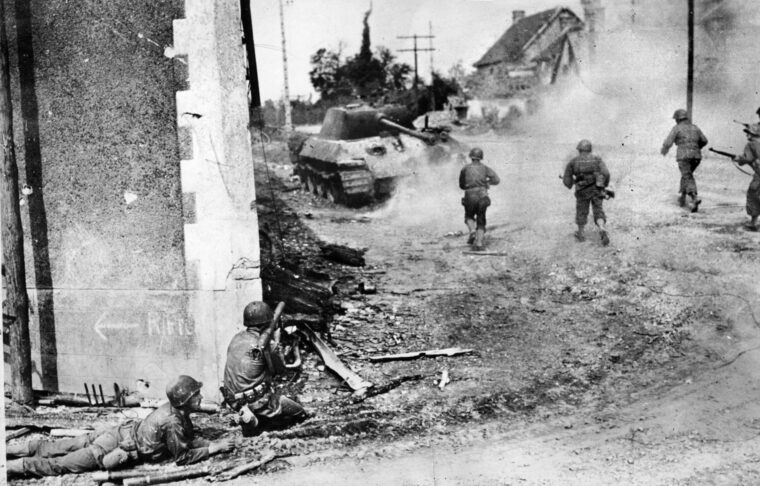
WWII
As summer neared its end in early September 1944, the U.S. Army raced across northern France toward the German border. Read more
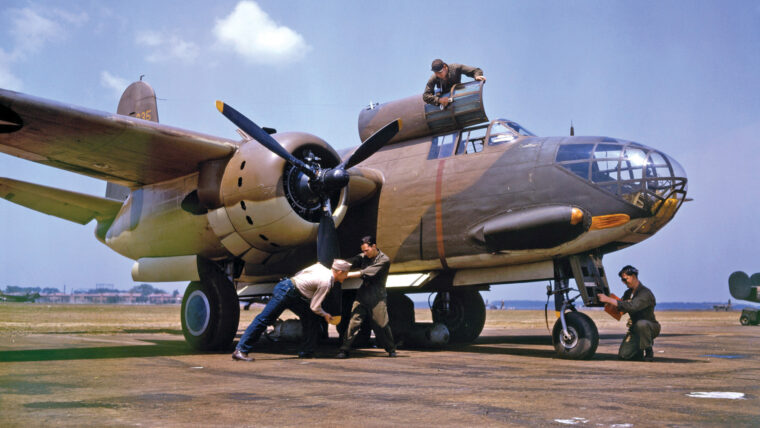
WWII
Few airplanes can claim the honor of being credited with changing the course of World War II, but the Douglas A-20 Havoc twin-engine light bomber is one that can. Read more
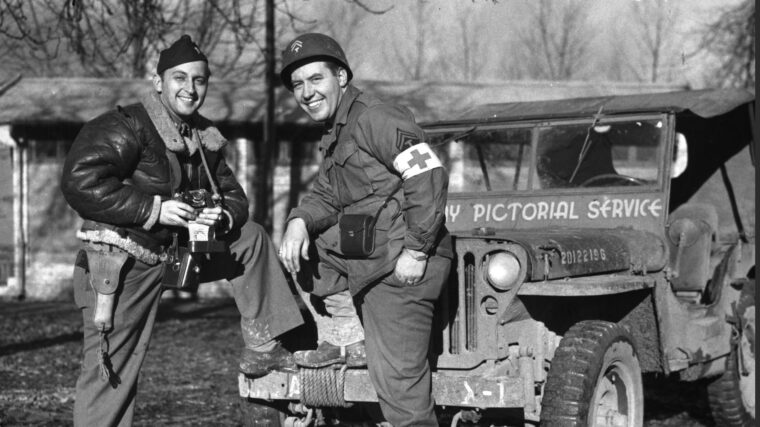
WWII
Much of what we know today about World War II are the visual images—both still and moving—that combat photographers took to document all phases of this costly human tragedy. Read more
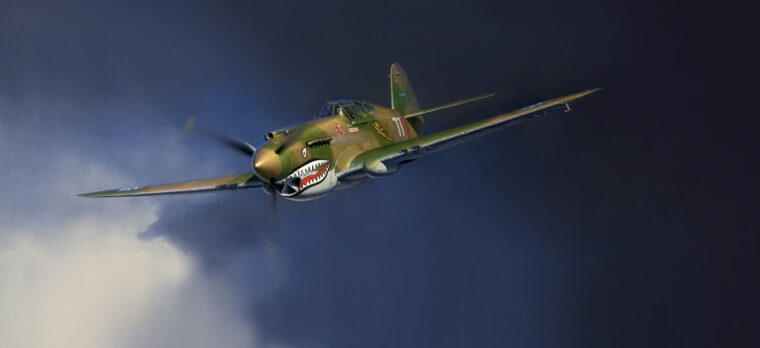
WWII
Erik Shilling, a pilot of the American Volunteer Group (AVG) Flying Tigers, faced the angry mob. There were about 30 of them, all in loincloths and leather vests with no buttons. Read more
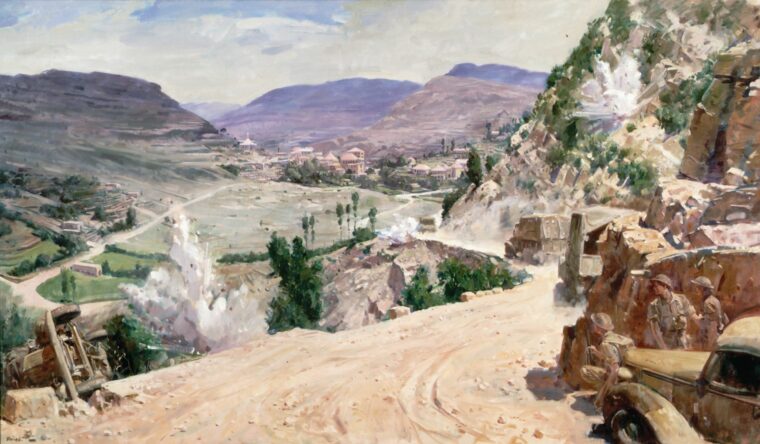
WWII
For more than a century the Middle East was the British Empire’s vital link between the Mediterranean and India. Read more
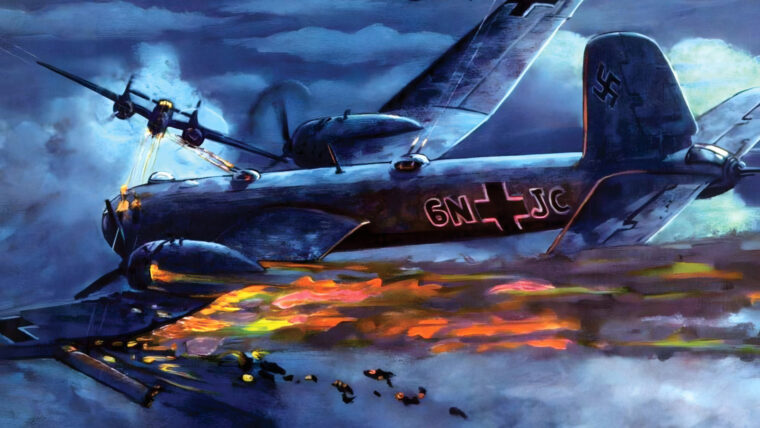
WWII
The Heinkel He-177 Greif (Griffin) was to become the only long-range heavy bomber operated by the Luftwaffe during World War II. Read more
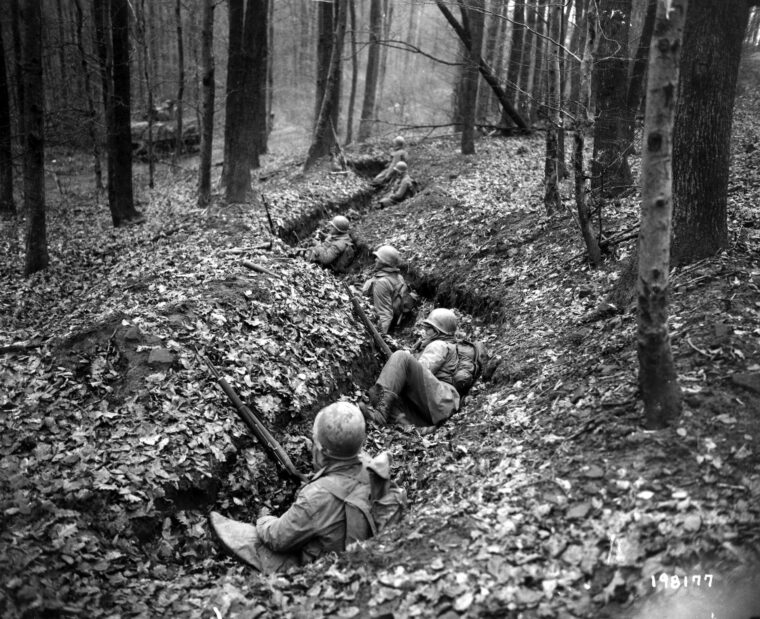
WWII
Clarence M. “Monty” Rincker was born in Cheyenne, Wyoming, on September 8, 1922. When he was a year old, his parents bought a farm in eastern Wyoming and the family moved there. Read more

WWII
In one of the most gripping scenes of the 1960 motion picture Sink the Bismarck! the viewer is witness to the climactic moment of the Battle of the Denmark Strait on May 24, 1941. Read more
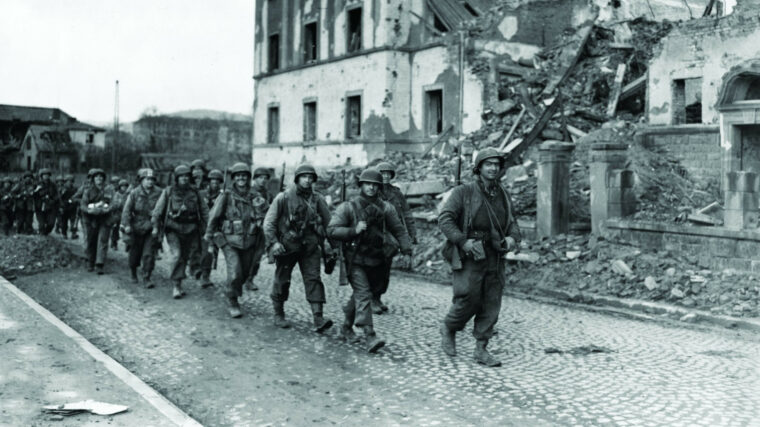
WWII
As the winter of 1944-1945 slowly gave way to spring, the combined Allied armies ground their way into Germany. Read more
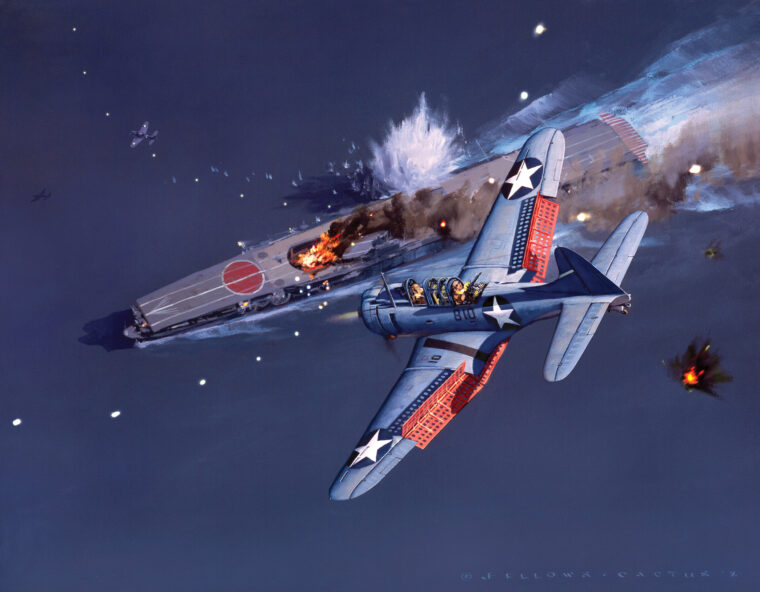
WWII
On May 2, 1942, the eve of the Battle of the Coral Sea, a Consolidated PBY-5A Catalina flying boat skimmed the water’s surface and touched down in the lagoon of Midway Atoll, 1,137 miles west of Oahu. Read more
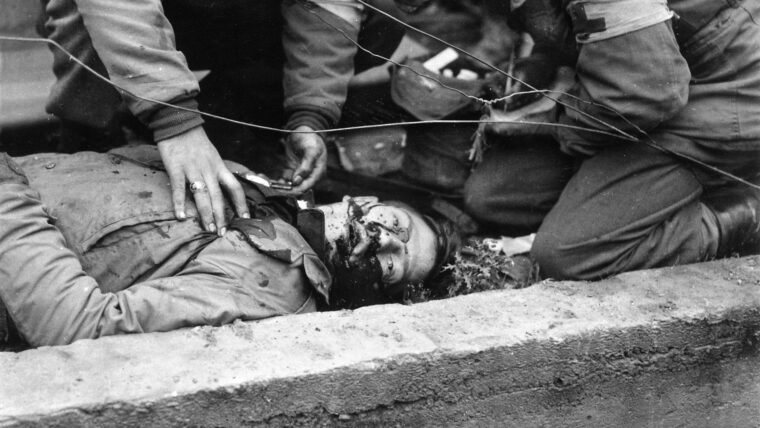
WWII
“Passchendaele with tree bursts” was how war correspondent Ernest Hemingway described it. The three-month slugfest that became known as the Battle the Hürtgen Forest was that and much more. Read more
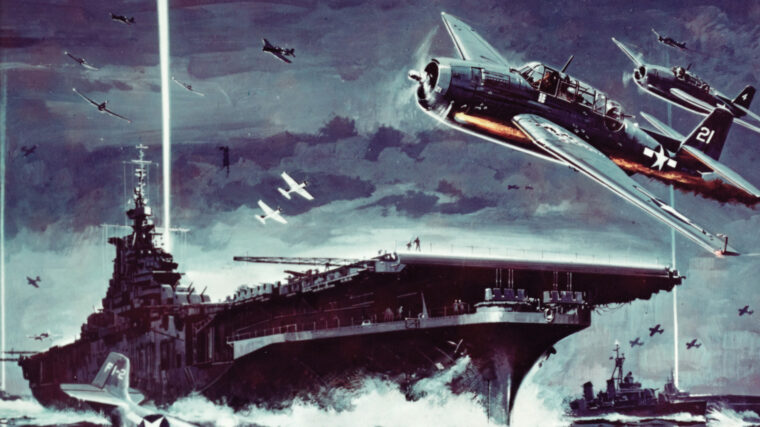
WWII
At 12:30 PM, June 19, 1944, two vast fleets hundreds of miles apart faced off amid cobalt skies and burning seas. Read more
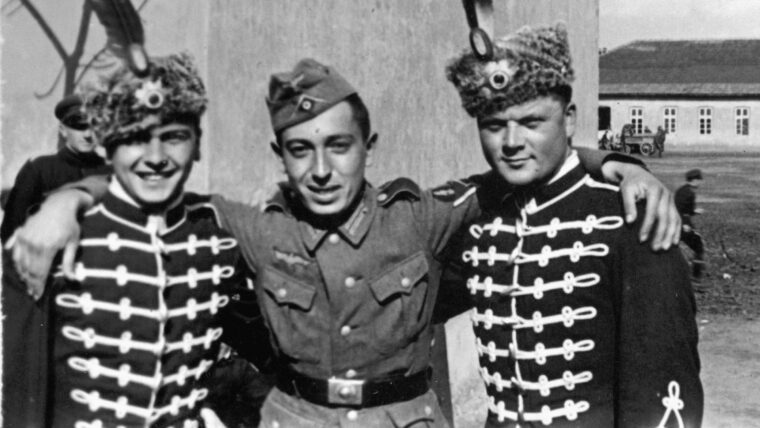
WWII
The evolution of the Nazi-era military wardrobe followed from a long history of European uniforms in general and Imperial German uniforms in particular. Read more
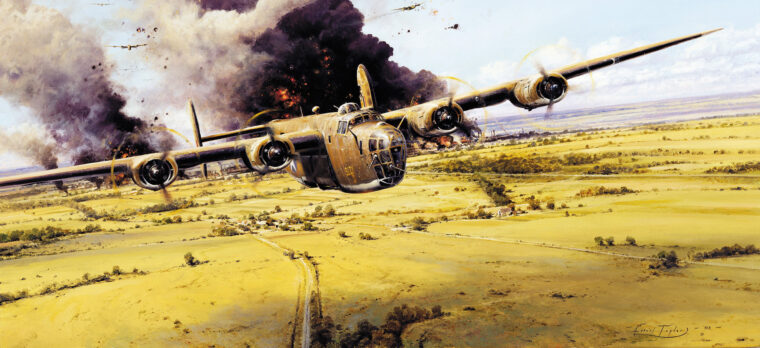
WWII
A host of famous fighters and bombers in the Allied arsenal spearheaded the aerial offensives that helped secure victory against the Axis powers in World War II. Read more
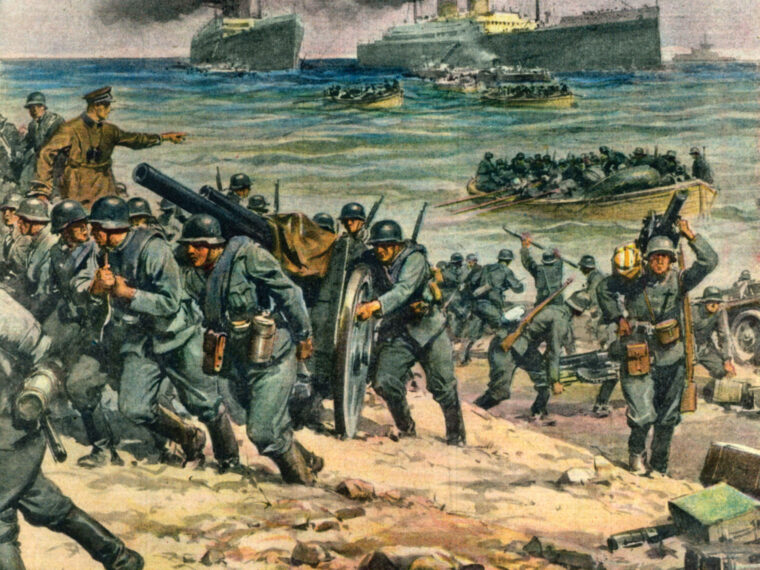
WWII
Norway had been able to avoid the massive bloodletting of World War I entirely and fervently hoped to steer clear of World War II as well through a policy of strict neutrality. Read more